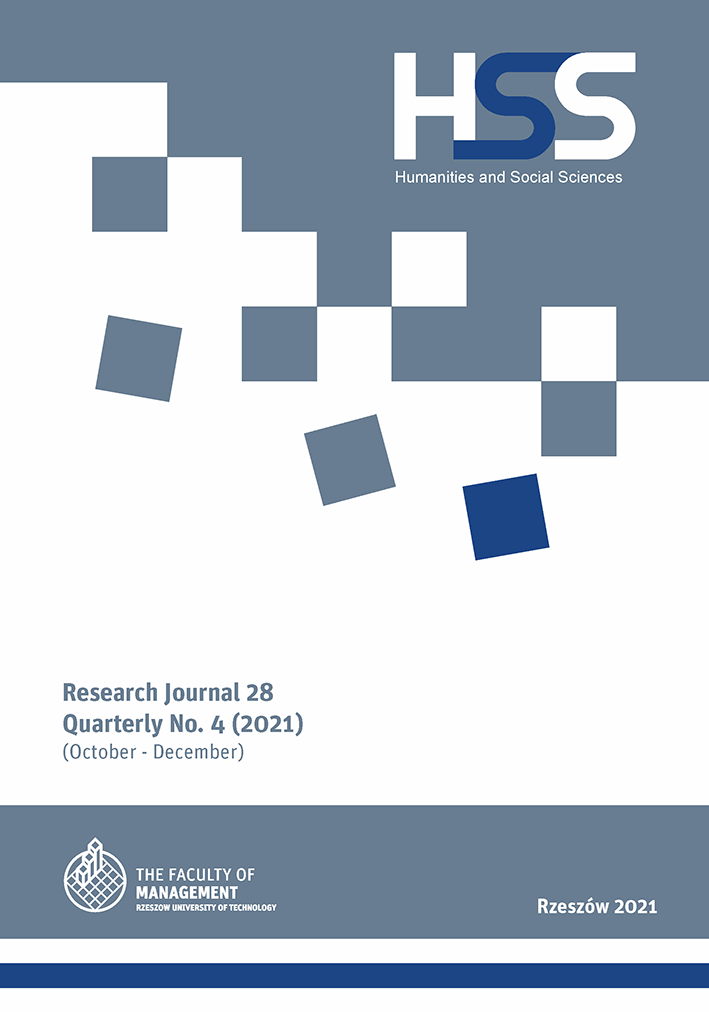Abstract
This paper deals with the subject of the strength of the key world powers in the years 1992–2020. These include the G7 group and the Russian Federation, which was suspended from the group, and so far has not been authorized to resume meetings with the G7 group. In this period, after Russia’s exclusion, both regional and global rivalry grew in the world. This translated into the global imbalance of power and an overall geopolitical situation. In this paper, the author proposes a quantification of the power to measure power metrics. Based on the data from the World Bank and Military Balance, the general (economic), military and geopolitical potential of the Russian Federation, Canada, France, Germany, Italy, Japan, Great Britain and the United States was developed. The model of Mirosław Sułek was applied to calculate the power, which reflects the objective reasons for changes in shaping the potential of the aforementioned countries. The purpose of this article was to determine the changes in the power of the G7 countries and the Russian Federation in the years 1992–2020. This translated into the international balance of power and the struggle for influence in the world.
References
Aron, R. (1995). Pokój i wojna między narodami (teoria). Warszawa.
Batchelor, T. (2017). Russia announces plan to permanently leave G8 group of industrialised nations after suspension for Crimea annexation. ”Independent”, 13 January.
Drezner, D. W. (2019). Counter-Hegemonic Strategies in the Global Economy. ”Security Studies”, 28(3).
Kiczma, Ł., Sułek, M. (2020). Potęga państw 2020. Rankingi potęgometryczne. Warszawa.
Larsdotter, K. (2019). Military strategy in the 21st century. ”Journal of Strategic Studies”, 42(2).
Matera, R. (2006). Geneza G-7. Kontekst gospodarczy i polityczny. „Studia Polityczne”, No. 18.
Morgenthau, H., Polityka między narodami. Walka o potęgę i pokój, Warszawa 2010.
Rotfeld, A. D. (1990). Europejski system bezpieczeństwa in statu nascendi. Warszawa: PISM.
Russell, B. (2001). Władza. Nowa analiza społeczna. Warszawa.
Scazzieri, L. (2017). Europe, Russia and the Ukraine crisis: the dynamics of coercion. ”Journal of Strategic Studies”, 40(3).
SIPRI Military Expediture Database. Data for all countries 1988–2020 (excel spreadsheet) [access: 6.12.2021]. Access on the internet: https://www.sipri.org/databases/milex
Strachan, H. (2019). Strategy in theory; strategy in practice. ”Journal of Strategic Studies”, 42(2).
Sułek, M. (2004). Badania i pomiar potęgi państw po Zimnej Wojnie – metody i wyniki, „Zeszyty Naukowe AON”, No. 1(54).
—— (2012). Prakseologiczna teoria stosunków międzynarodowych. „Przegląd Strategiczny”, No. 1.
—— (2013). Potęga państw. Modele i zastosowania. Warszawa: Wydawnictwo Rambler.
—— (2014). USA, UE i Chiny – trzy bieguny w globalnym układzie sił. „Rocznik Strategiczny”, 2013/14.
The Military Balance 2020 (2020). International Institute for Strategic Studies-Routledge. London.
Tood, E. (2003). Schyłek imperium. Rozważania o rozkładzie systemu amerykańskiego. Warszawa: Wyd. Dialog.
Zakaria, F. (2020). Ten Lessons for a Post-Pandemic World. New York.
Zeng, J., Breslin, S. (2016). China's ‘new type of Great Power relations’: a G2 with Chinese characteristics?.”International Affairs”, Vol. 92, Issue 4, July.


